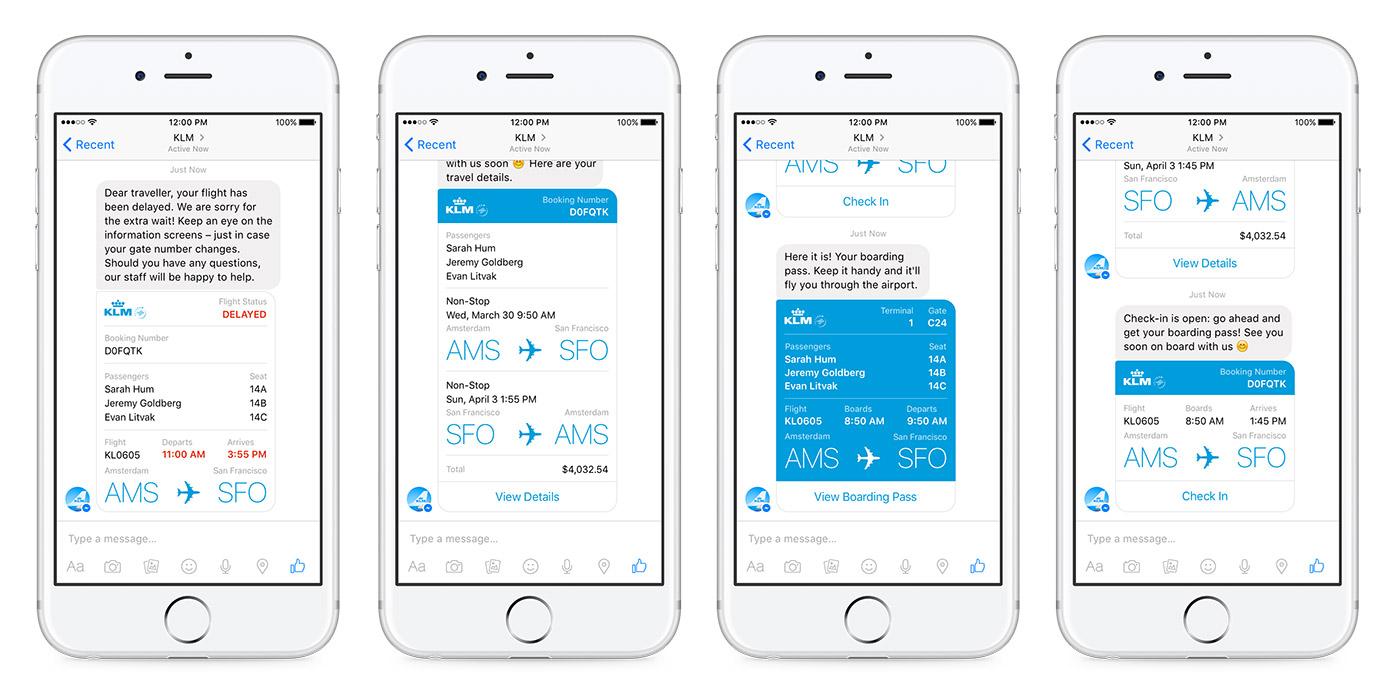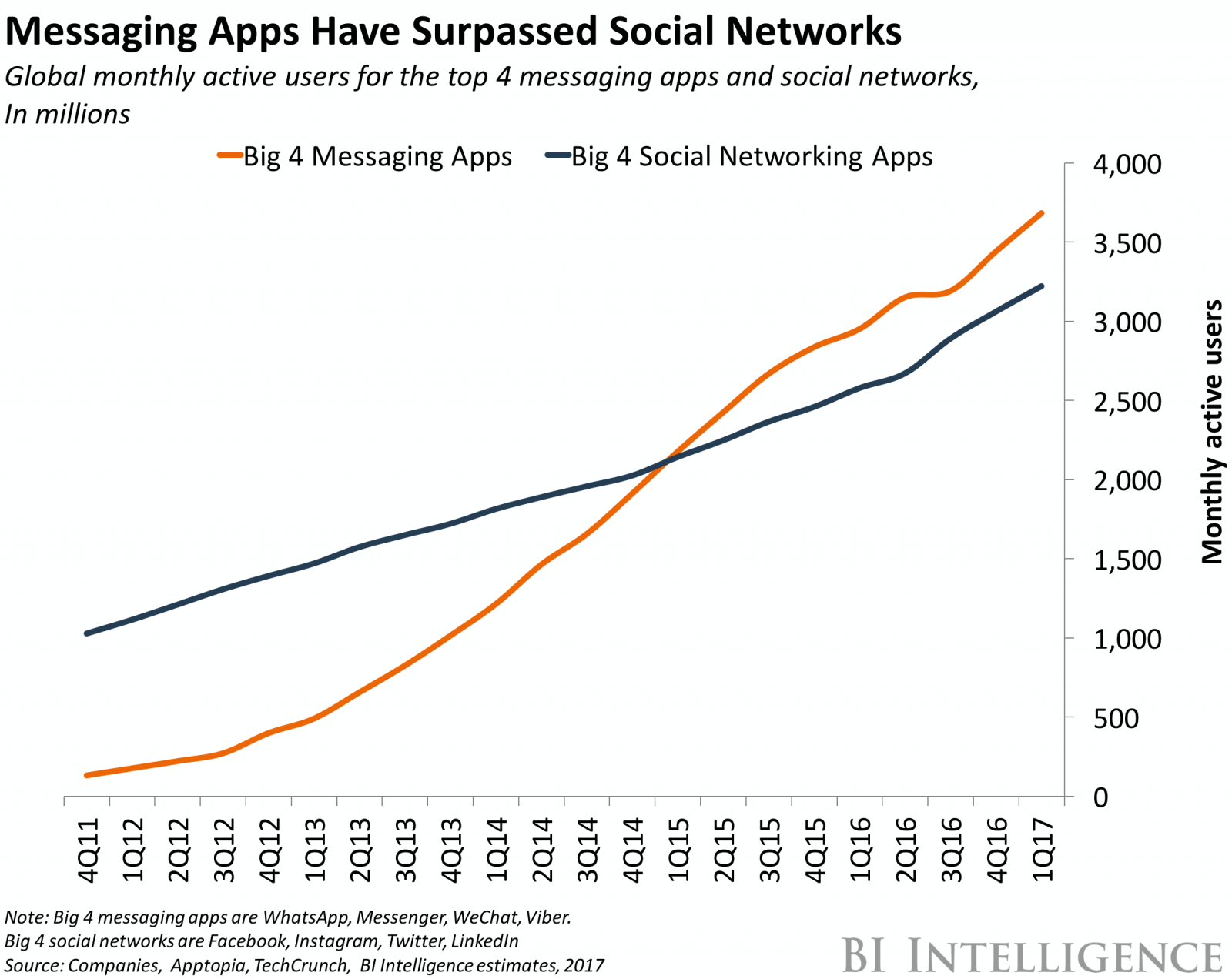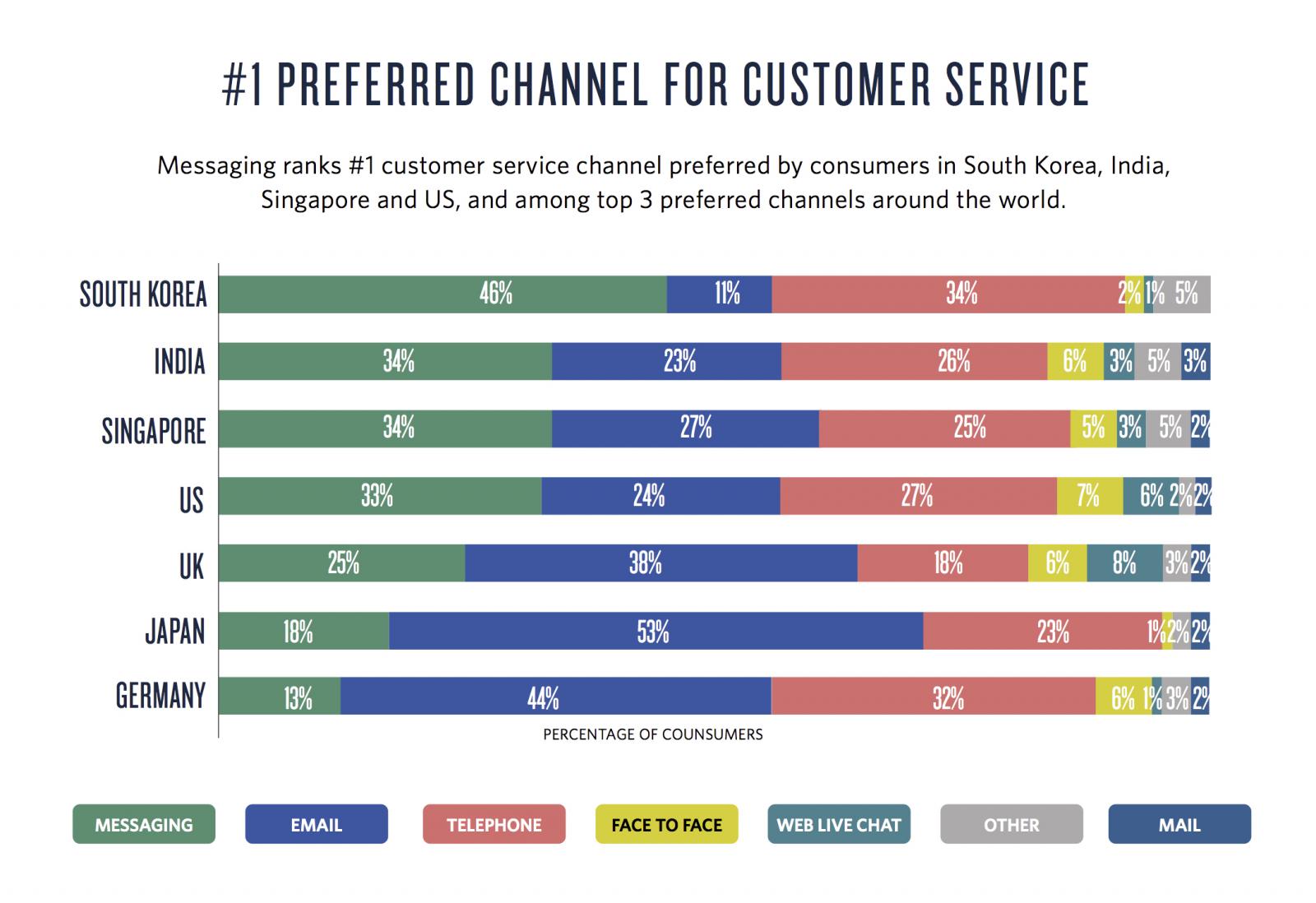The mobile era has shifted our society from always on to always on demand. The standard of always on, which caused a great shift in social and workforce dynamics, is a remnant of the desktop and Blackberry era. 10 years ago, we had Wikipedia and started to say “just Google it”. Over time, that technology led us to develop cultural expectations of responding to that 9PM email. We brought this expectation with us as smartphones debuted and evolved, but something dramatic happened when the concept of ‘mobile first’ started to become a reality.
Five years ago we started to ask “Siri, how late is the pizza place down the street open?” or “What’s the best way to get to CVS”? That was a necessary first step - the real shift - to always on demand. We saw it in our social lives: an expectation of responses within minutes, as opposed to hours, from family, friends, and colleagues.
Expectations for responsiveness have increased dramatically, and these expectations bleed into every part of our life. People rant against airlines on Twitter, live chat with customer service reps at 2AM, call automated tellers to execute stock trades, track their food delivery drivers, and ask Alexa what the weather will be like tomorrow. At the same time, cottage industries built around ‘mindfulness’ and productivity hacking have sprung up, both leveraging technology to ironically try and solve for problems created by the ubiquity of interaction technology. Welcome to always on demand - we’ve been here for a while.
What is Conversational UI?
A conversational user interface is a touchpoint that enables us to use language to interact. That’s it. It’s a text message, it’s talking to the hotel front desk via their app, it’s a group meal ordering chatbot, it’s KLM sending you your boarding pass on Facebook Messenger and switching you out of a middle seat when you ask. It’s telling Alexa to reorder those granola bars you like. It’s what happens if you’re one of the exceedingly rare people who actually clicks yes when the “Need help?” prompt comes up on a website. And it’s a landline telephone. It’s simple - it’s in the name.


Above: KLM's chatbot sends important flight and airport information
… Except for when it’s not so simple. Colloquially, conversational UI is starting to imply automation. Doing that right is hard. And conversational UIs are everywhere - from messaging services like WhatsApp and WeChat to IoT devices to voice activated assistants to digital infrastructure and in-store robots. In an always on demand culture, we should not be surprised that consumer research shows more than 50% of the population now expect companies to respond to their queries 24/7. Can yours?
Why now?
If we’re blunt, historically automated conversational interface solutions have sucked. In text settings, we’ve seen chatbots that can barely interpret your queries and have extremely limited functionality. In voice settings, if you asked early versions of Siri where the nearest grocery store was, you were as likely to get a response about the airspeed velocity of an unladen swallow as you were about the location of Trader Joe’s.
With a few exceptions, if you had a good experience with a chatbot from the late 2000s until around 2015, you were in the minority. And as all of us have invested countless hours adjusting our natural behavior to work with computers the way they need us to work with them, why are we talking about creating yet another interaction pattern to learn?
Consumer adoption has reached critical mass
Messaging is the #1 digital activity on the planet by far [Figure 1] - language is the backbone of our experience as humans.
History has taught businesses over and over again to meet customers where they are or lose them to the competition. Trying to scale an organization to have humans on the other side of every one of those interactions is an unsustainable, losing battle.
The “UI” of Conversational UI has become nearly seamless
There’s significantly less friction in communicating via digital technology. It’s finally starting to work with us the way we naturally act.
The most significant manifestation of this trend is improvements in the ease of interacting with voice UIs (Siri, Alexa, and Google Assistant), but messaging has also become so enriched (being able to add links, pictures, share locations, shop together) that it almost seems a natural extension of our reptilian brains. For proof, spend a couple days counting the number of people you have to avoid bumping into as they text in public places.
The digital ecosystem and infrastructure for conversational UI is already in place
Mobile devices are everywhere, and the number of voice-enabled devices has skyrocketed - there will be 33M voice-first devices in US households alone by the end of 2017.
The technology underlying automated interactions has reached an inflection point where it can add real value
In short, the days of Siri mishearing what you said are coming to an end. Conversational UI leverages a common set of capabilities under the hood which have seen leaps-and-bounds advances in the last several years: Natural Language Processing (NLP), nascent Artificial Intelligence (AI), and Machine Learning (ML).


[Figure1] Messaging apps have more users than social media sites
From conversational UI to conversational commerce
Put the above factors together and we have a very powerful business case for automated messaging and voice interaction: people strongly prefer businesses they can message [Figure 2], and the technology is emerging to respond en masse. The most ‘consumer-facing’ industries (retail, hospitality, travel, and retail banking) are responding to these preferences. The near-term future looks less like “just Google it”, and much more like: “Hey Alexa, what’s the rewards balance on my Chase credit card? Okay - can you book a night at the Sheraton by the airport on points for my flight next week?”


[Figure 2] Messaging is a preferred communication channel across the world.
Credit: Twilio
Even in industries that are arguably less ‘trend-driven’ (think of health care providers), the potential for operational cost savings is enormous. For simple customer identification and “FAQ” automation, companies are already expecting to save 4+ minutes per interaction, equating to roughly $0.50-$0.70 saved per interaction. How many phone calls and emails do you think Humana gets a week?
The advantage of starting now
Creating an automated Conversational UI capability is fundamentally about data - extracting useful information from your enterprise (transactions, customer history, inventory and product attributes), and building a ‘brain’ that can do a great job taking inputs (a consumer query) and producing outputs (a real solution, not just an answer).
This takes effort over time, and the clock is ticking - companies that start early are building self-improving technologies that continually add new features and value. This will eventually lead to the creation of significant barriers to entry for others - both in terms of the quality of the Conversational UI solution, and in terms of already having ‘captured’ consumers across the wide variety of Conversational UI touchpoints.
How should you get started? We strongly recommend defining a narrow use case you know will provide immediate, incremental value, and building a prototype to test in a focused and measurable way. We’re working with our customers to create proof of concepts in just several weeks. These minimal investments provide learnings that far outweigh the costs, and are the inputs needed to build real strategic roadmaps in the always on demand world.
Moreover, we always build proof of concepts with a clear path to integration into your existing technology infrastructure - so what you get is not just a standalone shiny object (the useless chatbot of yore), but something that can truly provide value added functionality for your customers.
Even small successes in algorithmically-managed interactions can add up to big successes over time, and it’s very likely you’ll discover new customers as you explore new channels. 1-800-Flowers reported that 70% of customers ordering from their Facebook Messenger chatbot had never ordered from them before - a big win for a relatively small investment.
It’s not about perfection - it’s about starting small and moving fast. The right product roadmap, and the right blend between automated and traditional interaction, will be different for each company. Replicating human interactions isn’t easy. But thanks to widespread adoption of conversational interfaces, the sophistication of infrastructure to back it up, and advances in the technology behind automation, we’re approaching a point where we truly can respond 24/7.
Disclaimer: The statements and opinions expressed in this article are those of the author(s) and do not necessarily reflect the positions of Thoughtworks.


















